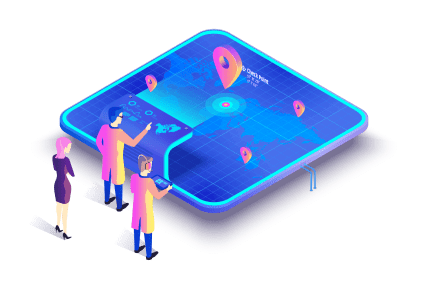By this point, we’ve figured out how to leverage GeoDNS to accurately target our users and deliver location-specific responses. But none of what we’ve learned comes close to tackling the volatility of the Internet. For that, we need
network monitoring.
Monitoring services use vast networks of nodes that constantly ping your resources to determine whether they are up or down. They can also detect how long it takes to reach a resource (response time) and the number of hops between a user and the resource.
You can inject this data into your DNS configurations for truly intelligent query routing that can react to changing network conditions.
Think of DNS monitoring like radio traffic updates. Every few minutes, a radio announcer will cut in with an update on current traffic conditions. You can use this information to alter your route and avoid road closures and heavy traffic.With a traditional GPS device, you have no concept of traffic conditions and if you live in a congested area like DC then you’re no better off than you were with a paper map.
 Talk to an Expert→
Talk to an Expert→

